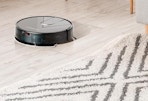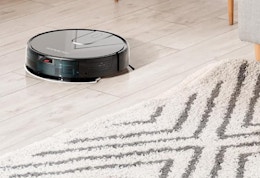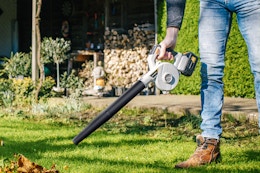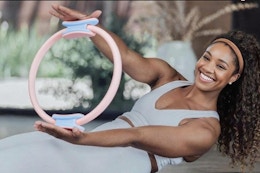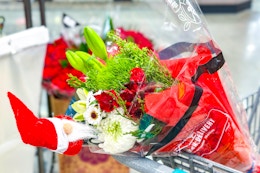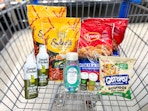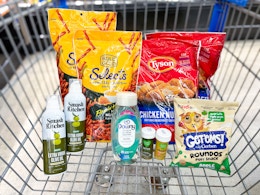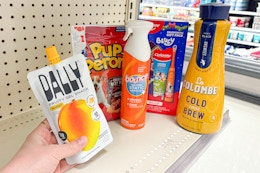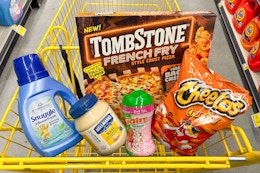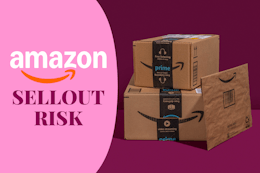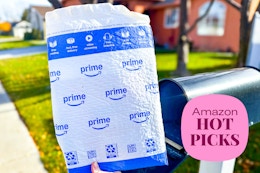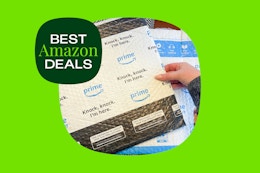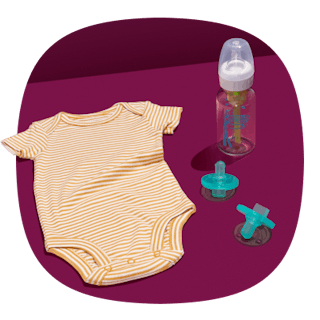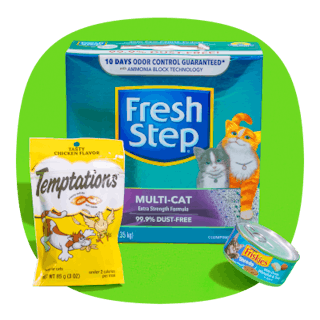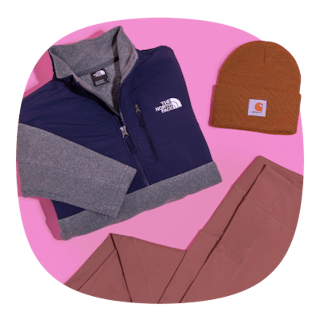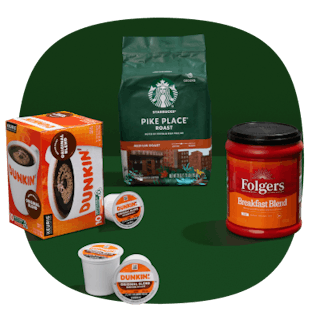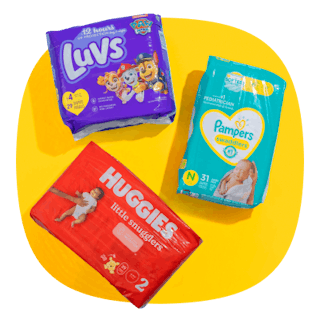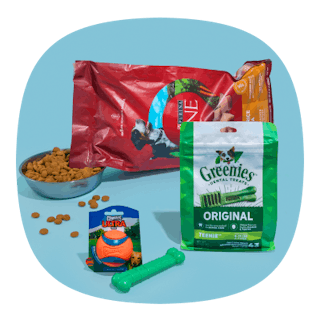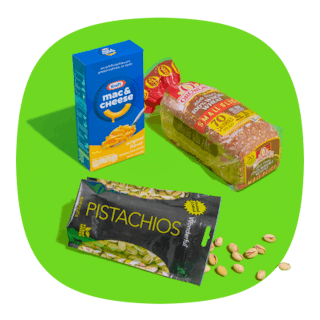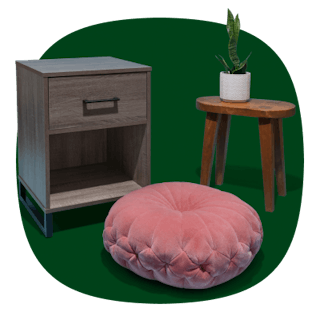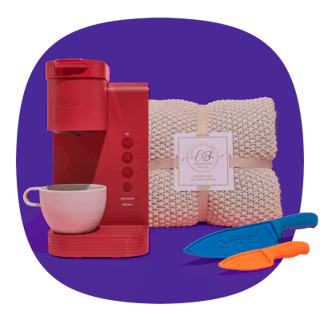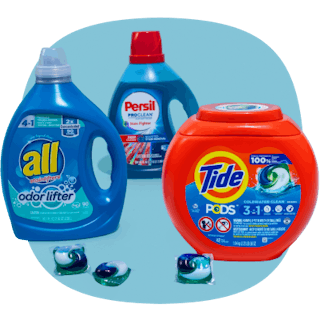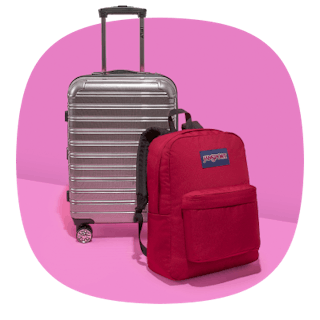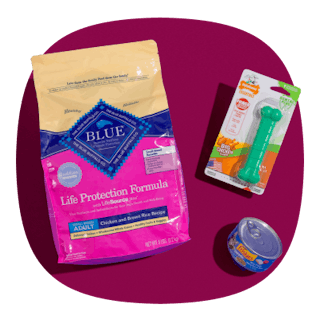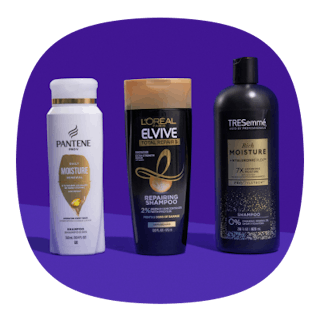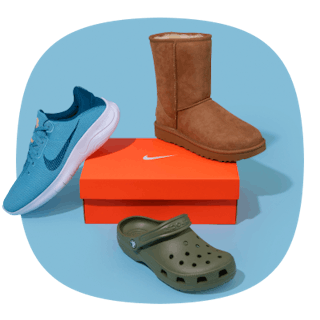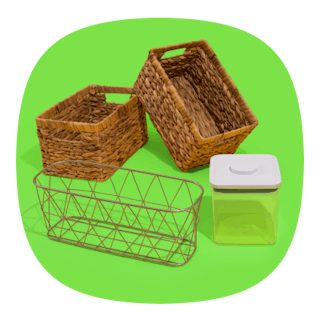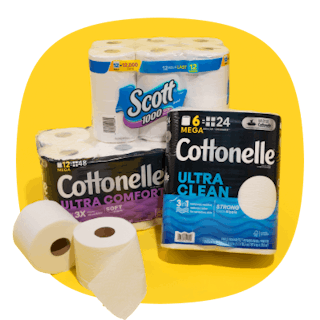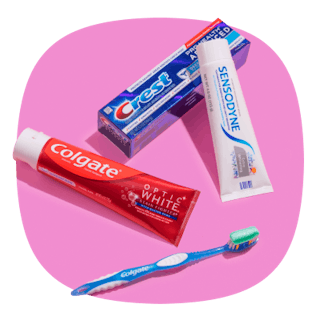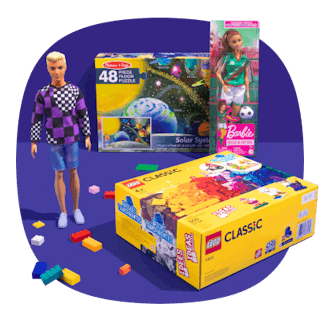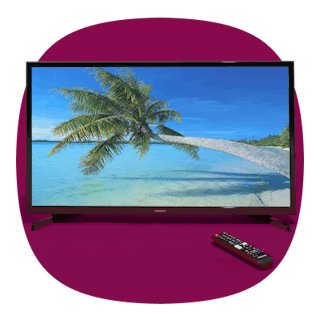How do you celebrate Earth Day? For us, it’s about saving lots of green — for the planet and your wallet. We have lots of Earth Day food deals and discounts to help you celebrate. Plus, there are plenty of Earth Day freebie deals, including Madewell’s Earth Day deal where shoppers can donate a pair of any jeans and get $20 off a new pair.
Although we don't yet know any details about Earth Day 2026 deals, here's a look at what to expect, from ongoing promotions to limited-time offers, based on what we saw during the last event.
For more smart shopping tips and savings hacks, download The Krazy Coupon Lady app or text HACKS to 57299 .
Offers, prices, and local participation may vary.
Earth Day has special deals on organic and sustainable brands.
On Earth Day, you'll find many discounts and freebies to encourage people to take care of our planet. Some deals include special promotions where you get free clothes for recycling old threads. Online retailers like Amazon often have discounts on eco-friendly products like cleaning supplies, beauty products, and home essentials during Earth Week.
Earth Day happens every year on April 22.
Earth Day has been observed every April 22 since 1970. In 2026, Earth Day will take place on Wednesday, April 22.
Predicted Earth Day Freebies and Deals 2026
Freebies
-
Arbor Day Foundation: In celebration of Earth Day in 2026, look for The Arbor Day Foundation to join with a company like Subaru to give away 100,000 trees. During the last event all you had to do is reserve a free tree, then visit your local Subaru dealer to pick it up. We expect this offer to be on a first-come, first-served basis next year with no purchase necessary.
-
GreenPan: We anticipate GreenPan will celebrate Earth Day with a giveaway next year that will likely include a 10-piece GreenPan cookware set, reusable food wraps, and more. The last Earth Day giveaway was worth over $1,300).
-
Harbor + Sprouts: Watch for a free Earth Day activity pack at Harbor + Sprout.
-
Montessori in Daily Life: Montessori in Daily Life will likely offer a free downloadable Earth Day activity pack in 2026.
-
Natural Grocers: Every year, Natural Grocers offers {N}power members a free Ladybug Love reusable bag and sticker with any purchase for Earth Day. Plus, they hold in-store giveaways. One winner will get a $500 Natural Grocers gift card, and one winner from each store will win a $100 Natural Grocers gift card. On April 23, Natural Grocers will randomly give away a store brand organic cleaning product every hour at checkout.
-
Sprouts Farmer's Market: Look for a free reusable bag with any purchase of $10 or more at Sprout's Farmer's Market on April 22, 2026.
Food Deals
-
Clean Juice: Clean Juice will likely offer a free 12-ounce fresh-pressed juice with an in-app purchase on April 22.
-
Dog Haus: Loyalty members will likely have a chance to earn double points on Earth Day purchases at Dog Haus.
-
Louisville Vegan Jerky Company: Look for a Earth day discount on your entire Louisville Vegan Jerky order when you use a promo code at checkout online.
-
Mountain Mike's Pizza: Watch for an Earth Day pizza deal at Mountain Mike's Pizza in 2026.
-
Natural Grocers: We anticipate savings on eco-friendly products at Natural Grocers from April 22 - 24, 2026. {N}power members can look for exclusive deals on select products.
-
Traditional Medicinals: Next year on Earth Day, watch for a discount on all teas, plus free shipping at Traditional Medicinals when you use a promo code at checkout online.
-
Yogurtland: We predict BOGO Dirt Cups at Yogurtland on April 22 (Earth Day) in 2026 when you use a promo code at checkout.
Mattress Deals
-
Avocado: Watch for a sale on Avocado mattresses, bedding, furniture, and more during their Earth Month Sale in April 2026.
-
Essentia: Next year, Essentia will likely have a discount of select organic mattresses during their Beyond Organic Sleep Sale. You'll get their 120-night sleep trial, 20-year warranty, and free shipping.
-
Naturepedic: We anticipate a sitewide sale at Naturepedic when you use a promo code at checkout.
Retail Deals
-
Allbirds: Allbirds.com will likely celebrate Earth Day with a BOGO sale and a BOGO 50% off sale in the Allbirds ReRun section (a slightly imperfect or gently used collection of shoes).
-
BatteriesPlus: We predict a discount on select batteries at Batteries Plus for Earth Day 2026.
-
Cariloha: Celebrate Earth Week with a discount on sustainable Bamboo clothing at Cariloha.
-
Flip-It: Never waste another drop with a 2- or 6-pack of Flip-It bottle emptying caps. Next year, look for a discount on the 6-pack.
-
Friendsheep: Friendsheep will likely offer an Earth Day discount on their eco-friendly, reusable wool dryer balls.
-
Grove.co: Next year, look for deals on essentials at Grove Co during their Earth Day sale.
-
Ikea: For Earth Day 2026, we anticipate a discount on select light bulbs, air purifiers, food storage, and more at Ikea.
-
Madewell: Help the planet and save some bucks when you donate an old pair of jeans at any Madewell location or mail your preloved jeans and get $20 off a new pair.
-
Nimble: Next year, celebrate Earth Day by shopping sustainable tech at Nimble.
-
Office Depot/OfficeMax: Office Depot and OfficeMax will likely offer free shredding for up to 5 pounds.
-
Out of the Woods: In 2026, look for a free gift with purchase when you use a promo code during checkout at Out of the Woods.
-
Parks Project: You can support National Parks when you shop the outlet store all year long at ParksProject.us. Here are a few items you can shop:
-
Red Hot Chili Peppers x Parks Project Yosemite Blanket, $83.99 (reg. $120)
-
Peanuts x Parks Project Happy Campers Youth Tee, $17.99 (reg. $30)
-
Dr. Seuss x Parks Project Clouds Recycled Water Bottle and Sticker Pack, $31.99 (reg. $40)
-
-
Proof: We predict Proof will offer an Earth Day deal on their sustainable, leak-proof period underwear.
-
REI: Look for a discount on select bikes at REI in April 2026
-
Staples: Staples Easy Rewards members who recycle select items in-store will receive Easy Rewards points and a discount coupon for an in-store purchase.
-
Stasher: Watch for Stasher Bags to have an Earth Day deals on their silicone bags that are dishwasher safe, microwave-ready, and freezer-friendly.
-
The Sak: The Sak will likely celebrate Earth Day 2026 with discounts on environmentally conscious bags and accessories.
-
ThredUp: Next year, we anticipate an Earth Day discount and free shipping when you use a promo code at checkout during the ThredUp Full Circle Sale.
-
Three Bluebirds: Look for Three Bluebirds to celebrate Earth Day 2026 with discount on their sustainable, eco-friendly Swedish washcloths.
Amazon Earth Day Deals
Next year, we predict Amazon will have several deals on Earth Day products. Here's a look at our top picks from the last Earth Day event:
-
Kaytee Wild Bird Seed, as low as $7.64 (reg. $19.99) — 62% off
-
Tomato Cage, 3 ct, $29.99 (reg. $35.99) — 17% off
-
Greenworks Trimmer & Leaf Blower Kit, $164.99 (reg. $299.99) — 45% off
-
Greenworks Hammer Drill, $44.10 (reg. $129.99) — 66% off
-
Greenworks Lawn Mower, $159 (reg. $219.99) — 28% off
-
Greenworks Trimmer & Leaf Blower Kit, $164.99 (reg. $299.99) — 45% off
-
Smart Bird Feeder, $64.99 (reg. $149.99) — 57% off
-
Seventh Generation Detergent, as low as $6.75 (reg. $13.99) — 52% off
Related Reading:
Download the KCL app to add and redeem coupons in store






















